Original pages from English Dance & Song, March 1960.
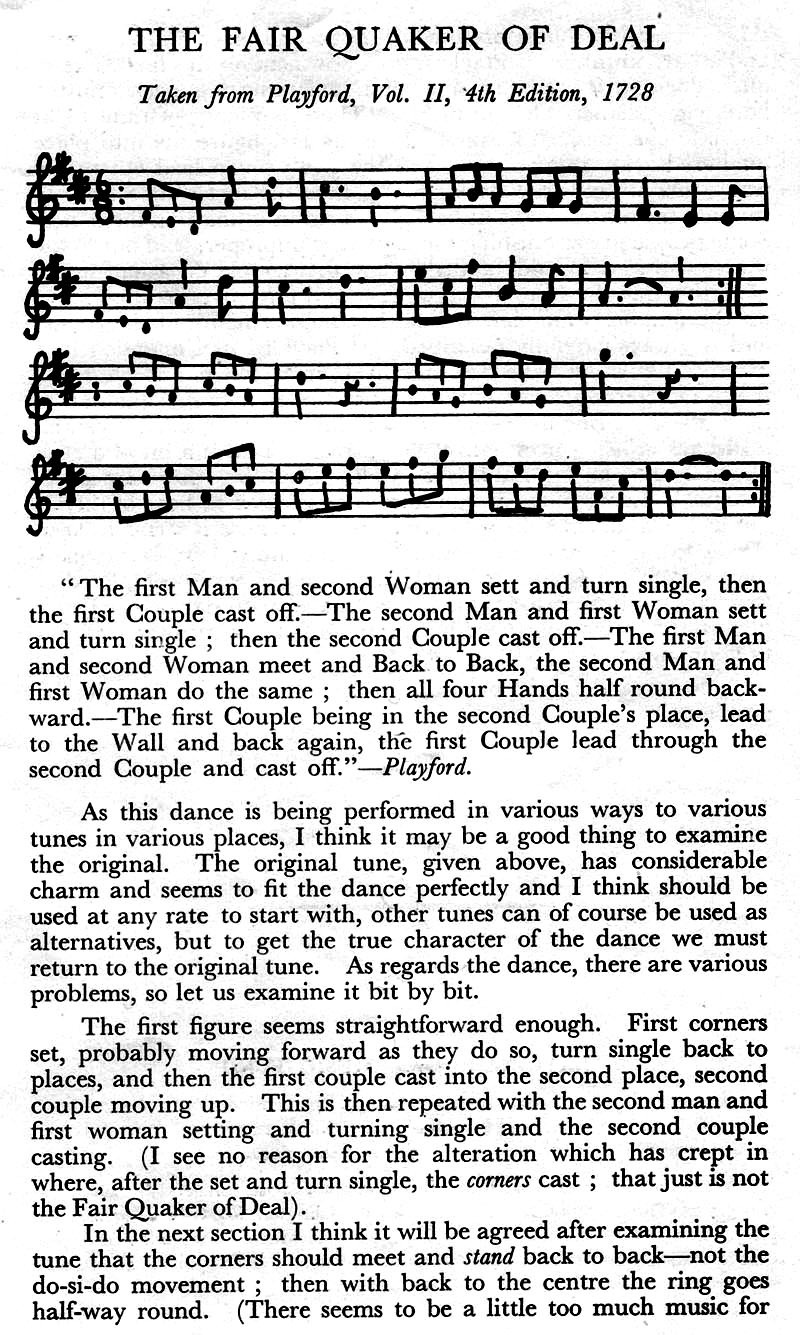
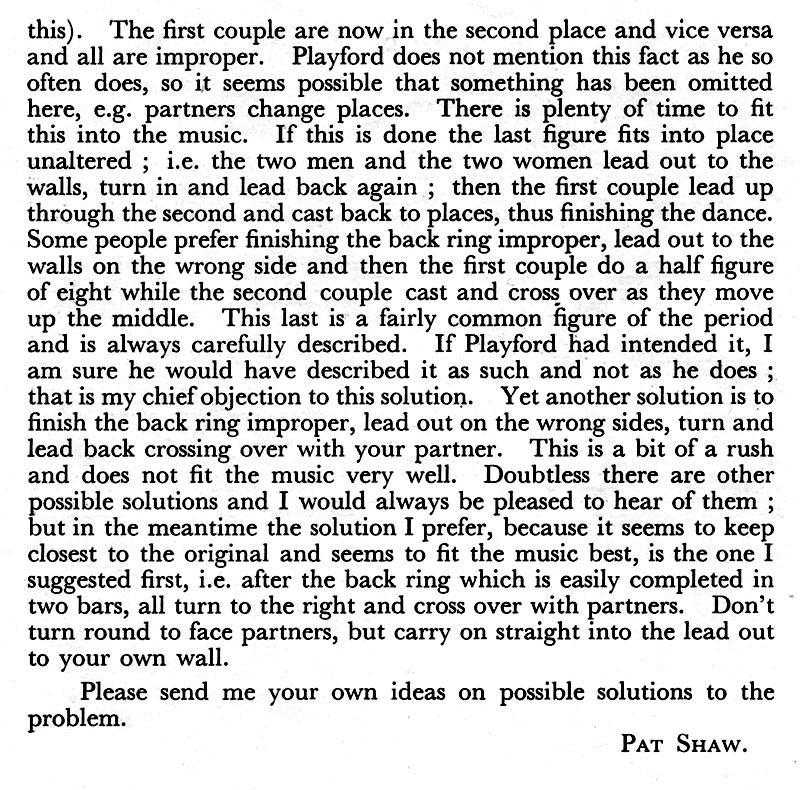
Original pages from English Dance & Song, September 1960
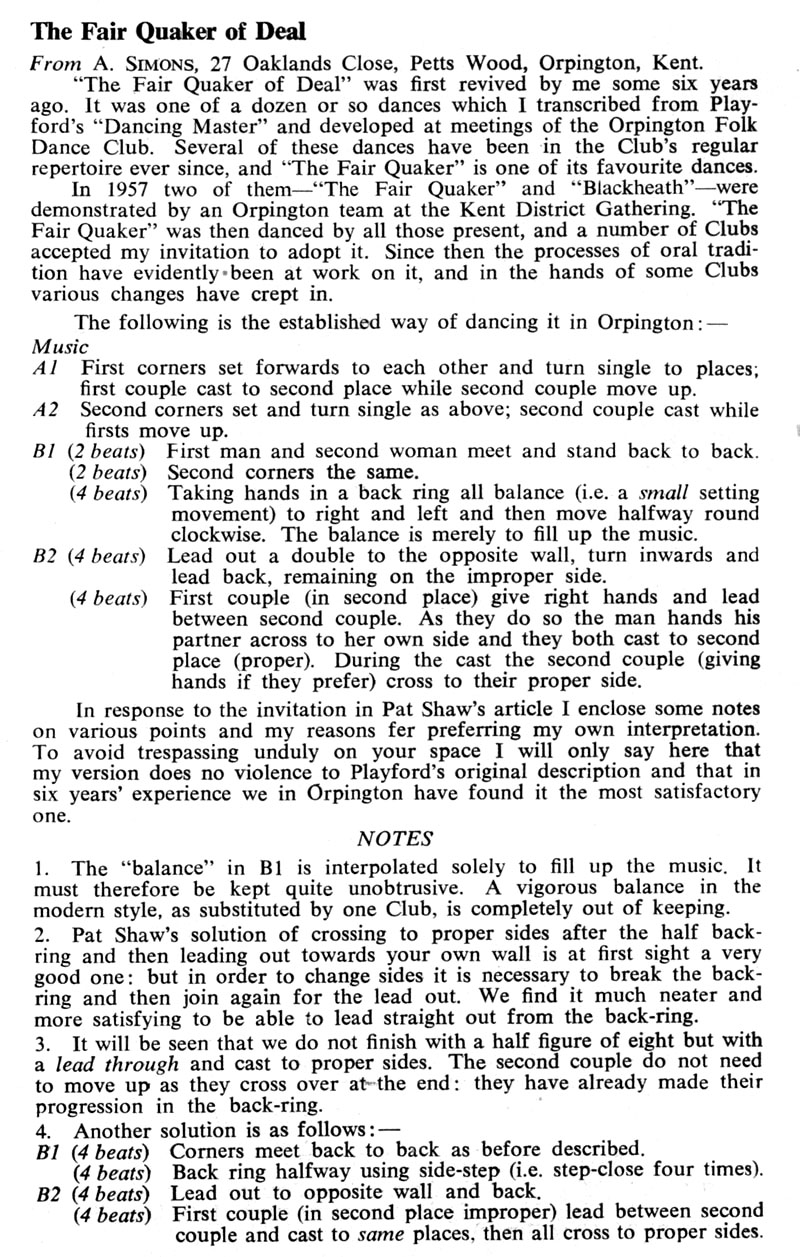
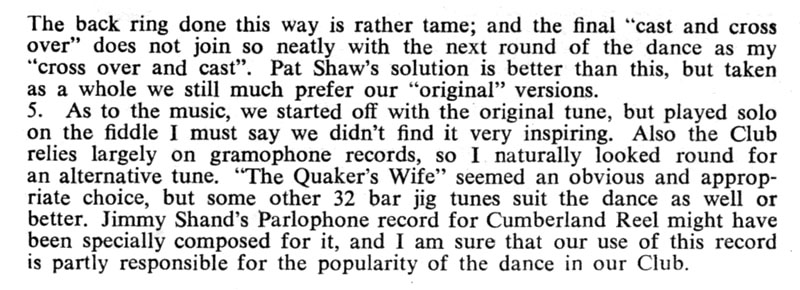
Pat Shaw was a leading figure in the 20th century dance world. As well as writing his own dances and interpreting dances from the 17th and 18th centuries he also researched traditional dances from the 19th and early 20th centuries. He was a regular contributor to the English Dance & Song magazine.
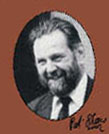
Pat Shaw 1917-1977 gives a flavour of this man of many talents.
The Pat Shaw Collection includes over 60 of Pat's own compositions.
Another Look at Playford has 120 of Pat's interpetations of older dances.
